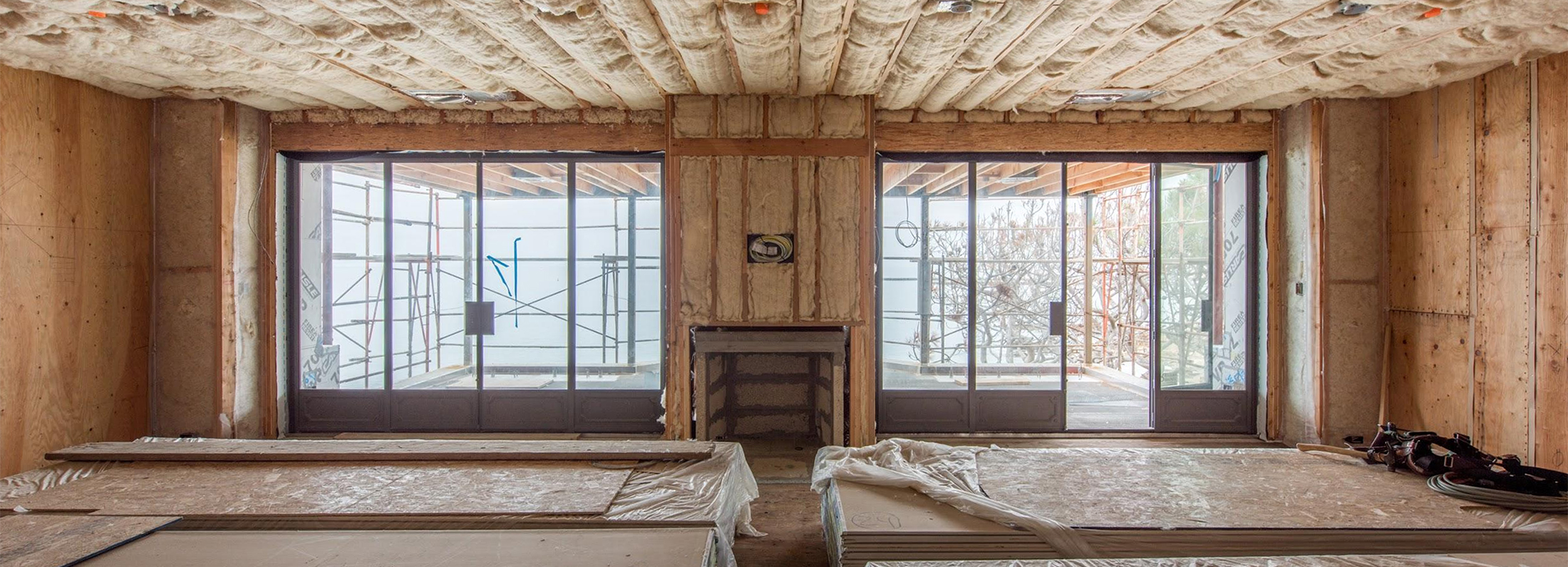As we’ve written about before, we believe strongly in connecting our built environment with the natural world. Biophilic design does just that by establishing direct and indirect experiences with nature in our buildings. You have likely seen common examples of this design concept in action – day lighting, hanging gardens, use natural colors, inside-outside spaces. And research continues to prove the benefits of this practice.

But what really are the basics of biophilic design?
Consistency
Establishing and consistently reinforcing our connection with nature is key. A one-off experience with nature provides only superficial impact but if we can connect daily, the benefits are tremendous. Given we spend 90% of our time indoors, designing our homes, schools and workplaces with nature as an influence is crucial.
Emotion
We have an innate instinct to connect with nature so when biophilic design influences our built environment, that instinct is satisfied. This in turn creates an emotional connection to our living space. This attachment promotes productivity, wellness as well as a desire to sustain that environment.
Interconnection
A room with a plant is not biophilic design. Rather the ideal outcome is a space where the design and materials work in concert to create a whole, interconnected space that contacts directly with, and evokes nature. Direct and indirect experiences together can do this. To simply juxtapose a natural element amid an otherwise sterile living space, while not harmful, falls short of the essence of biophilic design.
But there are simple ways we can all bring nature effectively into our living spaces.
Bring in Natural Colors
Natural colors do not need to be just earth tones. But as research suggests, colors that mimic those of the natural environment ((flora, sun, sky) have a positive impact of productivity and mood. Admittedly a lot of this is down to personal preference but using natural colors is a relatively easy way to implement consistent biophilic design.
Open the Windows
As we’ve written about, our indoor air quality (IAQ) is under attack and this is particularly alarming because, again, we spend 90% of our time indoors. The immediate health benefits of improved IAQ are obvious but natural ventilation is also a basic component of biophilic design as it establishes that immediate connection with the natural environment.
To gain further perspective you might consider a video we have mentioned in the past. The #indoorgeneration is a real and scary thing that a minimum is something we should all be aware of. Click HERE to watch a compelling and exceptionally well-done video.
Build and Renovate with Healthy Natural Materials
Along with Havelock Wool, there are emerging building materials that make it easy to bring nature into your new or renovated home. Check out the many healthy building material distributors out there for everything from siding to flooring to insulation. Knowing your space is built of materials you can understand (and are not harmful) will foster that important emotional connection.

These ideas are just a start and by no means exhaustive but hopefully they provide a way to start bringing your built environment and the natural world closer. More broadly, biophilic design relies on a new way to think about how our wellbeing is impacted by our connections with nature. We are both happy and proud to be a part of that conversation.

great piece!
Loved this article and the entire concept of biophilic design! It truly makes a huge difference, in a lot of aspects of our being, to incorporate it into our building. Very moving video attached as well about the indoor generation. Currently living in my van insulated with Havelock Wool. Loving it! Thanks for sharing.